How to Create a Warm, Safe, and Stylish Friendly Nursery
Welcome to the ultimate guide to designing a friendly nursery that’s not only adorable but also totally practical for your growing family. Whether you’re a seasoned interior designer or a new parent trying to create the perfect space for your little one, this post has everything you need — from baby-safe materials to smart storage hacks and style inspiration.
Table of Contents
- Why a Friendly Nursery Matters
- Top 10 Friendly Nursery Design Tips
- What to Look for in Baby-Friendly Furniture
- The Ultimate Friendly Nursery Buying Guide
- Final Thoughts: Making It Yours
Why a Friendly Nursery Matters
A friendly nursery isn’t just about cute bunnies and pastel colors — it’s about creating an environment where your baby feels safe, stimulated, and loved. A well-designed nursery can improve sleep quality, encourage motor development, and reduce parental stress (because let’s face it, midnight diaper changes are less miserable in a nice room).
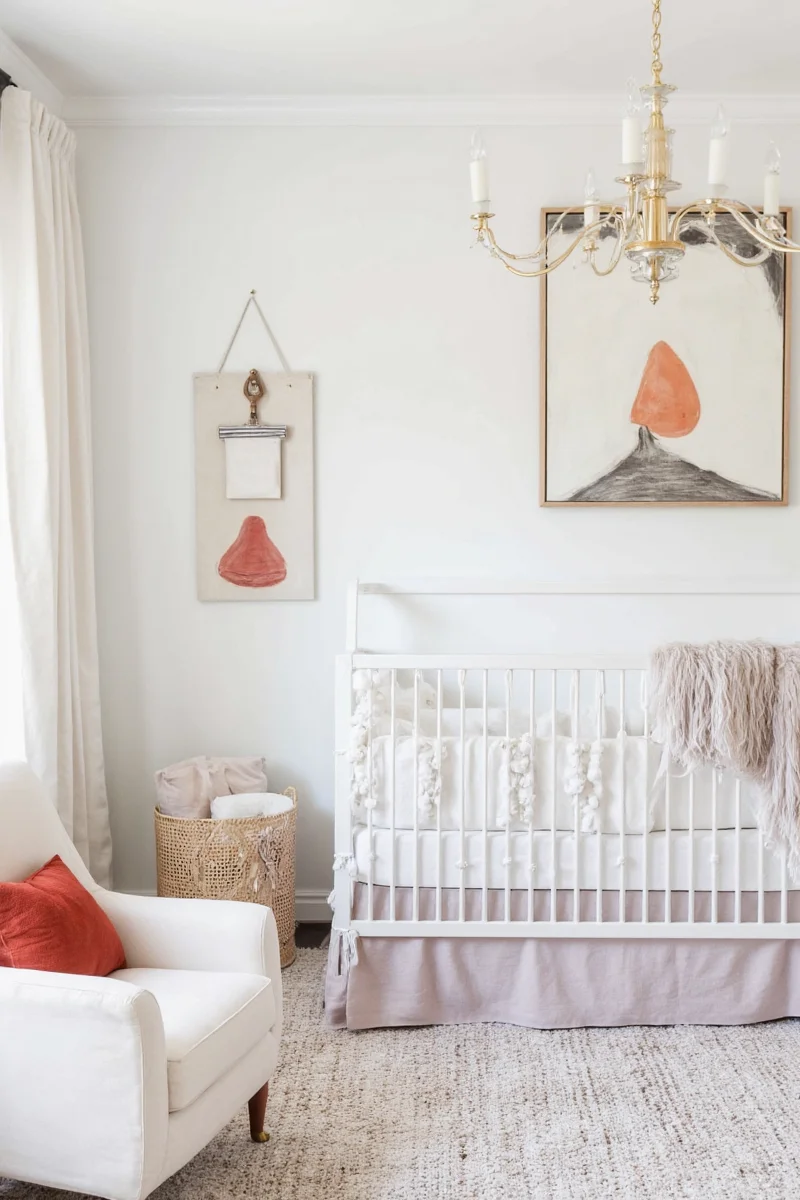
Top 10 Friendly Nursery Design Tips
- Choose Non-Toxic Paints: Your baby’s first mural should be safe! Opt for zero-VOC paints to keep the air fresh.
- Invest in a Good Crib: Go for a convertible crib that grows with your child — saves money in the long run!
- Add Texture with Rugs: Soft rugs make tummy time comfier and add a playful touch.
- Go Neutral (or Not): Gender-neutral palettes are all the rage now — they grow better with your kid and are resale-friendly.
- Smart Storage Solutions: Use under-the-bed bins, wall shelves, and multi-functional furniture to keep clutter at bay.
- Dimmable Lighting: Bright lights = cranky baby. Dimmer switches are your best friend during late-night feedings.
- Include Nature: Houseplants not only purify the air but add a calming vibe. Just pick non-toxic varieties like spider plants or pothos.
- Wall Art That Grows With Them: Start with whimsical prints and swap them out as your baby becomes a toddler.
- Mirrors for Development: Babies love staring at their reflections. Add a sturdy, rounded mirror to encourage visual stimulation.
- Sound System for Soothing: A mini Bluetooth speaker or white noise machine can help regulate sleep cycles and drown out chaos from the rest of the house.
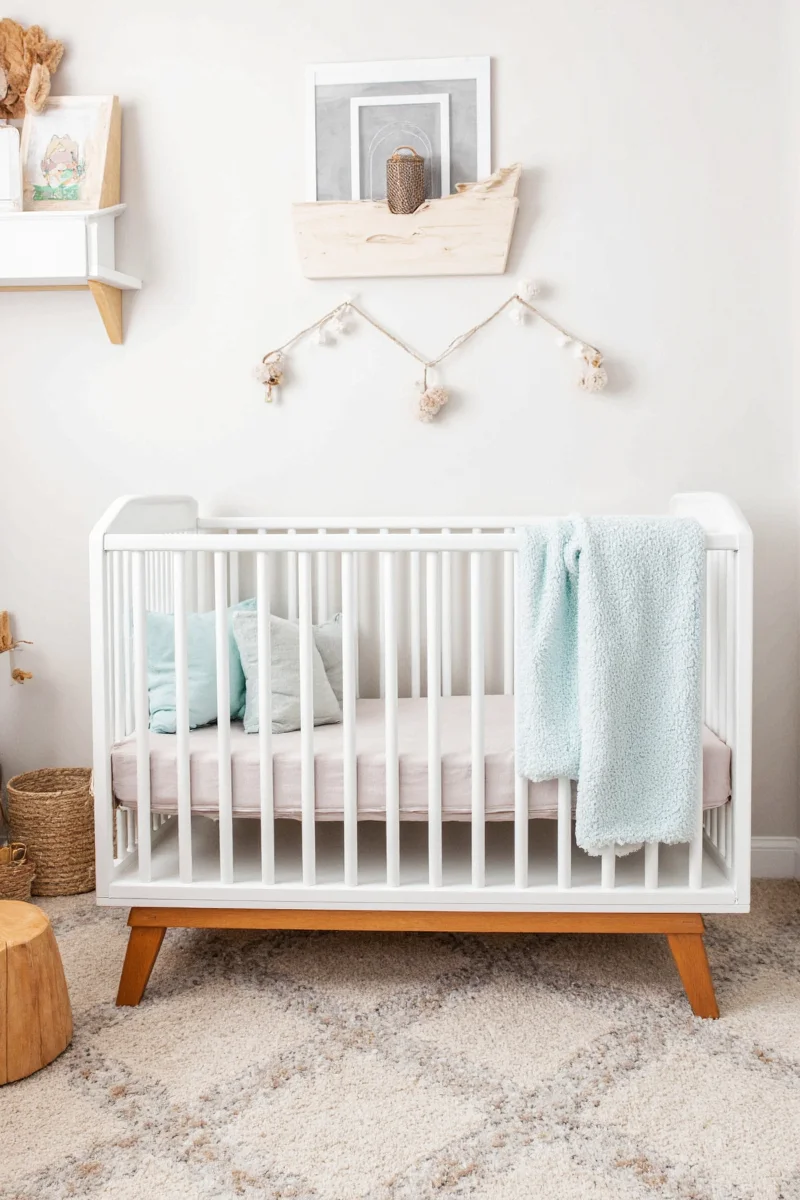
What to Look for in Baby-Friendly Furniture
When selecting furniture for your friendly nursery, safety and functionality should come first. Here's what to watch out for:
| Feature | Description | Recommendation |
|---|---|---|
| Stability | Furniture shouldn't tip over easily | Look for wide bases and wall anchors |
| Material Safety | No sharp edges or harmful chemicals | Choose solid wood or eco-friendly MDF |
| Durability | Withstands wear and tear | Pick scratch-resistant finishes |
| Ease of Cleaning | Baby messes happen | Select wipeable surfaces and removable covers |
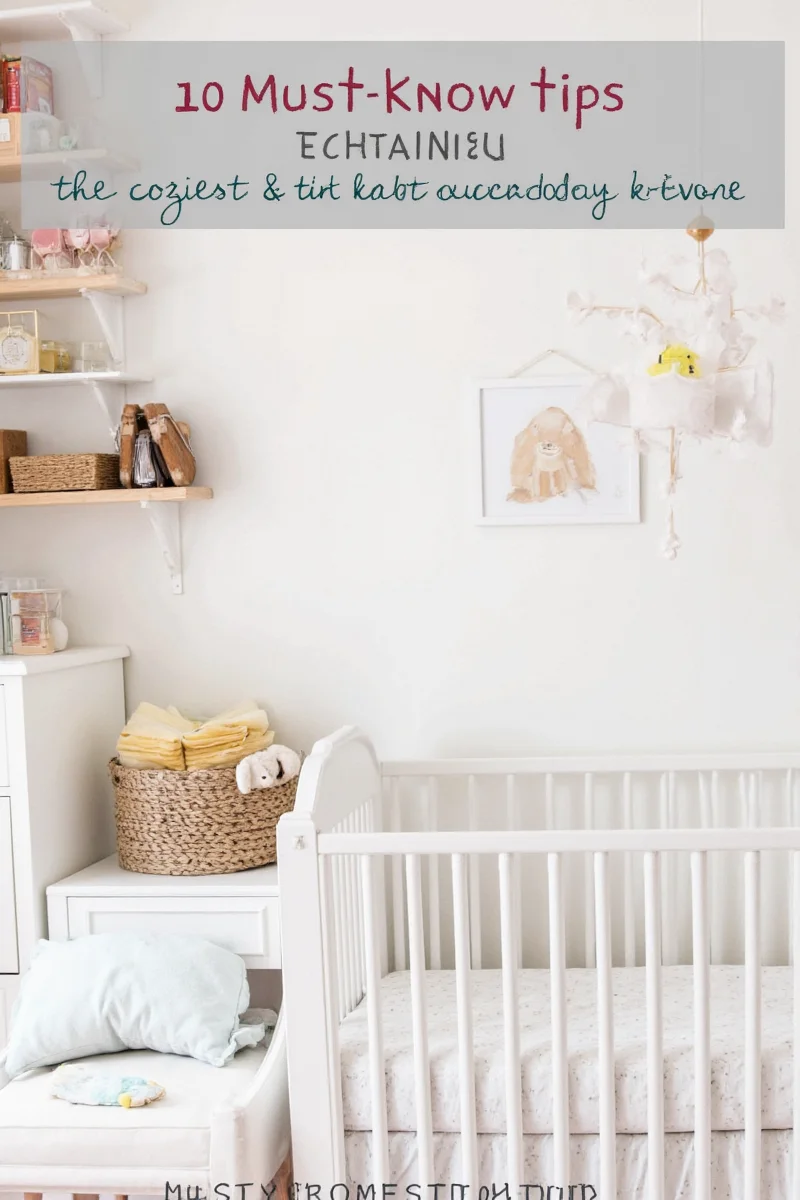
The Ultimate Friendly Nursery Buying Guide
If you're overwhelmed by options, here’s a curated list of must-have items that combine aesthetics, comfort, and practicality — ideal for both design pros and new parents alike.
1. The All-in-One Crib: Babyletto Hudson Convertible Crib
- Details: Made from sustainably sourced New Zealand pine wood.
- Features: Converts into a toddler bed, daybed, and full-size bed.
- Why It's Great: Eco-friendly, modern look, durable through multiple stages of childhood.
- Recommended Scenarios: First-time parents, eco-conscious families, small spaces.
- Recommended Occasions: Baby showers, birthdays, gender reveal parties.
2. The Dreamy Rocking Chair: Delta Children Emery Glider
- Details: Upholstered in stain-resistant fabric.
- Features: Swivel gliding base, memory foam cushioning.
- Why It's Great: Perfect for nursing, reading, or just taking a break after a long day.
- Recommended Scenarios: Reading corners, near the crib, living rooms (if space allows).
- Recommended Users: Parents, grandparents, caregivers.
3. The Genius Storage Unit: Stokke Storage Box
- Details: Scandinavian design meets function.
- Features: Soft-close lid, hidden casters for easy mobility.
- Why It's Great: Looks elegant while storing toys, blankets, and more.
- Recommended Scenarios: Under the crib, next to changing tables, playrooms.
- Recommended Occasions: Christmas, baby showers, birthdays.
4. The Mood Enhancer: Skip Hop Luna Night Light & Sound Machine
- Details: Projects stars onto walls; plays lullabies and white noise.
- Features: Touch-controlled light, portable size.
- Why It's Great: Calms babies, helps establish bedtime routines.
- Recommended Scenarios: Nurseries, travel, daycare naps.
- Recommended Users: Babies, toddlers, anxious sleepers.
5. The Super-Soft Rug: Pottery Barn Kids Organic Wool Circle Rug
- Details: Handwoven organic wool with a playful shape.
- Features: Hypoallergenic, non-slip backing.
- Why It's Great: Adds texture, encourages sensory play, and is machine-washable.
- Recommended Scenarios: Tummy time zones, reading nooks, play areas.
- Recommended Occasions: Easter, birthdays, baby showers.

Final Thoughts: Making It Yours
A friendly nursery doesn’t have to follow trends or cost a fortune. What matters most is that it reflects your personality and provides a nurturing space for your baby to thrive. Mix and match styles, prioritize safety and function, and don’t forget to add personal touches — whether it’s a custom name sign above the crib or a cherished keepsake on the shelf.
Remember, your nursery will evolve as your baby grows. So start with the essentials, and gradually build a space that grows with them. After all, this is the beginning of a beautiful journey — both for your child and for your home decor game.
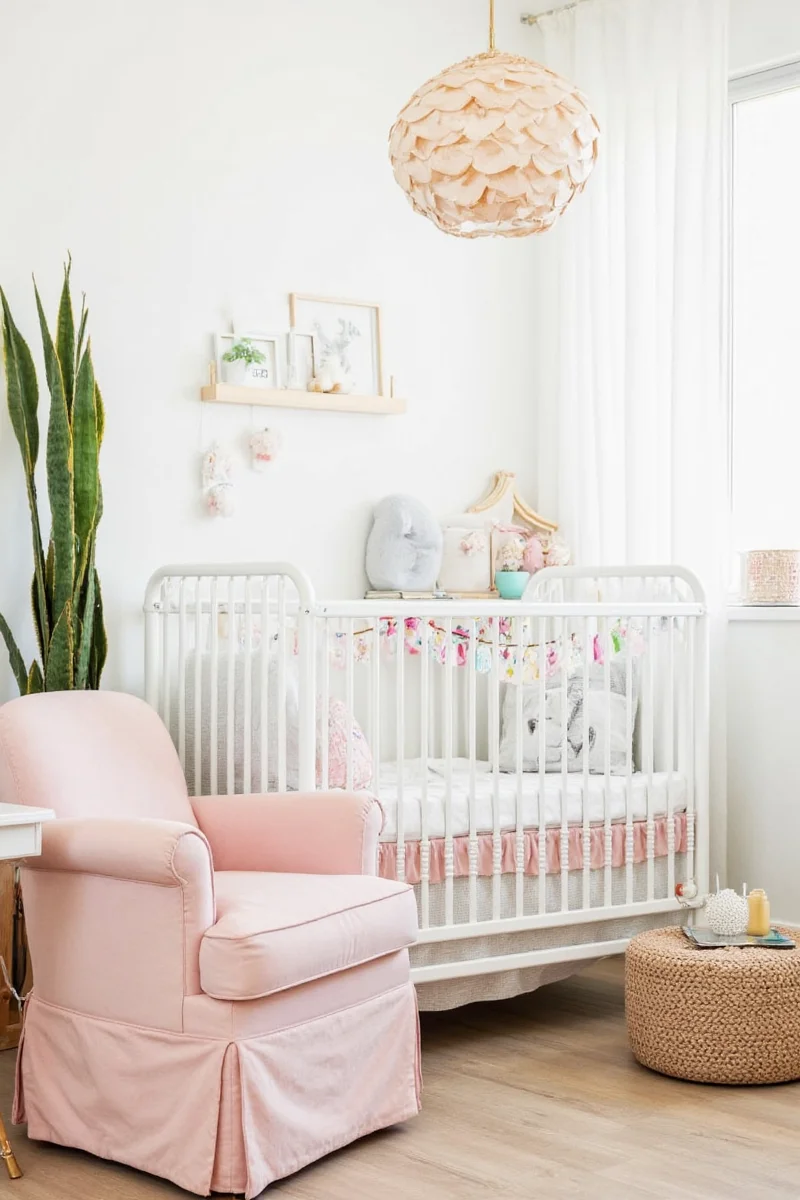

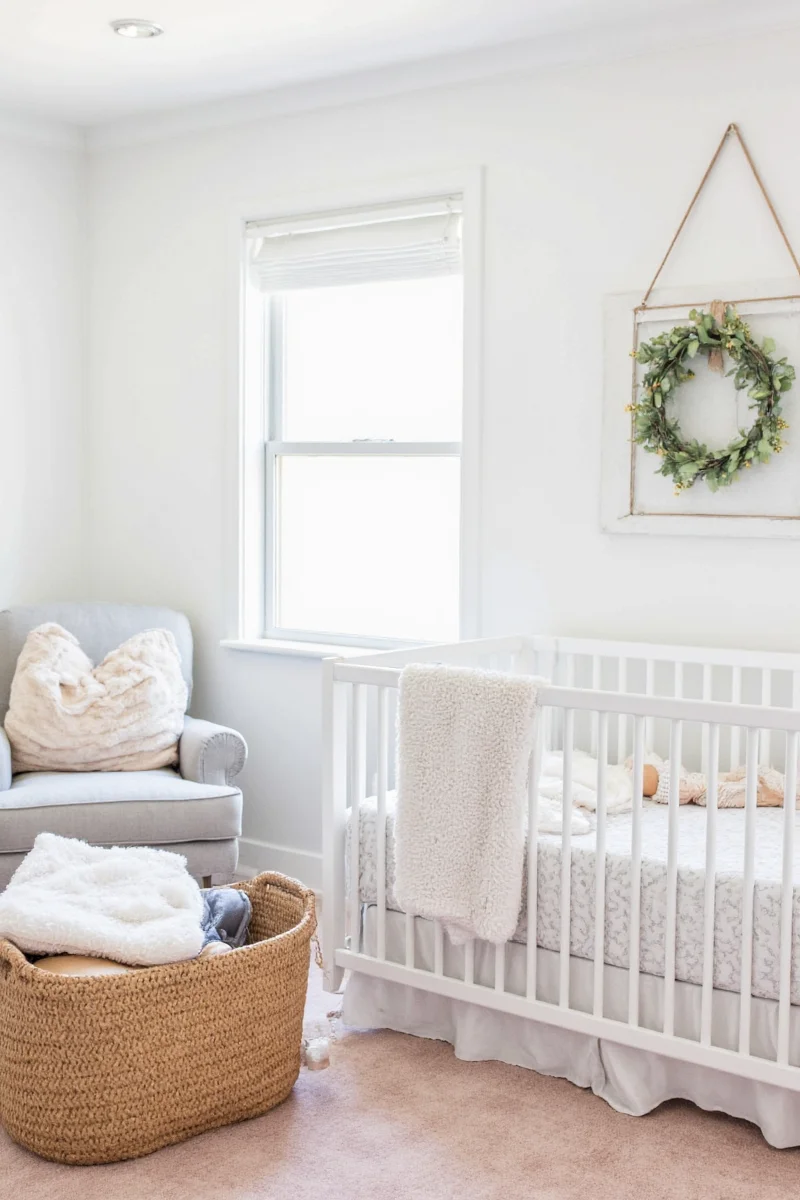









 浙公网安备
33010002000092号
浙公网安备
33010002000092号 浙B2-20120091-4
浙B2-20120091-4